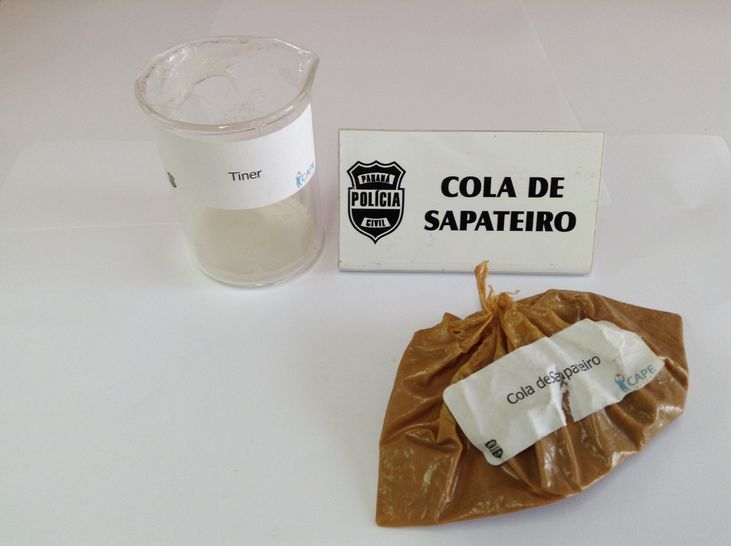ADVERTS
Shoemaker's glue, what is it and what causes it?
Shoemaker's glue is a drug from the inhalant group. It is absorbed by the lung. According to the Brazilian Center for Information on Psychotropic Drugs, it is the fourth most consumed drug in Brazil, followed by tobacco, alcohol and marijuana.
Due to several factors that lead to consumption, the (National Health Surveillance Agency) issued Resolution RDC nº 345, of December 15, 2005, prohibiting the sale of inhalant substances that affect the central nervous system, to minors. It also requires that the packaging of such products contain an individual and sequential control number; and that the seller, at the time of purchase, fills in the buyer's personal data, with his signature. This same resolution defines inscriptions related to the toxicity that must be contained in such packaging.
ADVERTS
What is Droga Cola de Sapateiro made of?
Shoemaker's glue is made up of several substances, including toluene and n-hexane, responsible for excitement, auditory and visual hallucinations, accompanied by dizziness, nausea, sneezing, coughing, salivation and photophobia, in some cases. Because the effects are quick, it leads the individual to consume more of the substance.
See what frequent use can cause
Frequent use can cause: disorientation, lack of memory, mental confusion, hallucinations, loss of self-control, double vision, paleness, involuntary movement of the eyeball, irritation of the mucous membranes, paralysis, heart, lung and liver damage, among others; which can trigger convulsions, unconsciousness, and even sudden death. This occurs because such substances cause the destruction of neurons and peripheral nerves, in addition to causing discomfort and being irritating.
Easy access, low cost, make it easy to use. It is a major public health and even safety problem, since part of the infractions are committed by teenagers using drugs like this.

